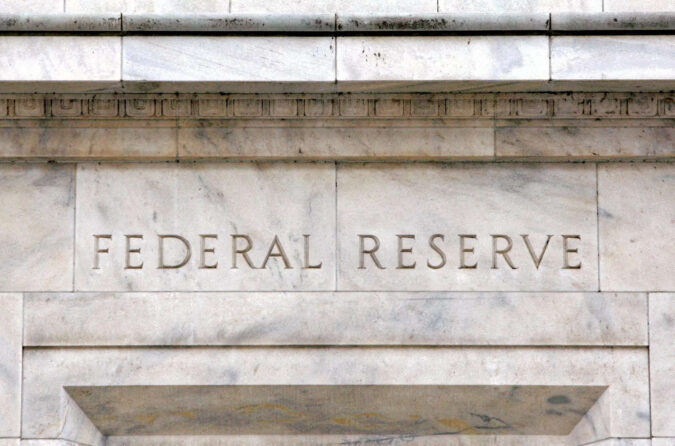WASHINGTON: Some members of the US Federal Reserve‘s rate-setting committee supported another interest rate hike in June to tackle high inflation, but ultimately voted for a pause, the Fed announced Wednesday.
The Federal Open Market Committee (FOMC) voted unanimously last month to pause interest rate hikes after 10 consecutive increases, giving policymakers more time to assess the impact of rate hikes and recent banking stresses on the US economy.
At the same time, FOMC members forecast that two additional increases to its benchmark lending rate would likely be needed before the end of the year to bring inflation back down.
Minutes from the meeting published by the Fed on Wednesday show some FOMC members went into the meeting on June 13-14 favoring another quarter percentage-point hike to bring inflation back down towards the committee’s long-term target of two percent.
“Some participants indicated that they favored raising the target range for the federal funds rate 25 basis points at this meeting or that they could have supported such a proposal,” the Fed minutes showed.
Those in favor of another hike “noted that the labor market remained very tight, momentum in economic activity had been stronger than earlier anticipated, and there were few clear signs that inflation was on a path to return to the Committee’s 2 percent objective over time,” the Fed said.
In the end, however, all 11 voting members on the FOMC supported holding rates steady.
Following last month’s announcement of a pause, Fed Chair Jerome Powell left the door open to consecutive interest rate hikes in the months ahead, if needed, to cool the economy further.
“I wouldn’t take, you know, moving to consecutive meetings off the table at all,” he told an audience in Portugal.
Futures traders assign a probability of close to 90 percent that the Fed will raise its benchmark lending rate by a quarter percentage-point at its next meeting on July 25-26.
The minutes published Wednesday showed that, ahead of the last meeting, Fed economists still forecast the United States would enter a “mild recession” later this year, “followed by a moderately paced recovery.”
But the Fed said strong labor market and consumer spending data meant its staff “saw the possibility of the economy continuing to grow slowly and avoiding a downturn as almost as likely as the mild-recession baseline.”
The Federal Open Market Committee (FOMC) voted unanimously last month to pause interest rate hikes after 10 consecutive increases, giving policymakers more time to assess the impact of rate hikes and recent banking stresses on the US economy.
At the same time, FOMC members forecast that two additional increases to its benchmark lending rate would likely be needed before the end of the year to bring inflation back down.
Minutes from the meeting published by the Fed on Wednesday show some FOMC members went into the meeting on June 13-14 favoring another quarter percentage-point hike to bring inflation back down towards the committee’s long-term target of two percent.
“Some participants indicated that they favored raising the target range for the federal funds rate 25 basis points at this meeting or that they could have supported such a proposal,” the Fed minutes showed.
Those in favor of another hike “noted that the labor market remained very tight, momentum in economic activity had been stronger than earlier anticipated, and there were few clear signs that inflation was on a path to return to the Committee’s 2 percent objective over time,” the Fed said.
In the end, however, all 11 voting members on the FOMC supported holding rates steady.
Following last month’s announcement of a pause, Fed Chair Jerome Powell left the door open to consecutive interest rate hikes in the months ahead, if needed, to cool the economy further.
“I wouldn’t take, you know, moving to consecutive meetings off the table at all,” he told an audience in Portugal.
Futures traders assign a probability of close to 90 percent that the Fed will raise its benchmark lending rate by a quarter percentage-point at its next meeting on July 25-26.
The minutes published Wednesday showed that, ahead of the last meeting, Fed economists still forecast the United States would enter a “mild recession” later this year, “followed by a moderately paced recovery.”
But the Fed said strong labor market and consumer spending data meant its staff “saw the possibility of the economy continuing to grow slowly and avoiding a downturn as almost as likely as the mild-recession baseline.”
